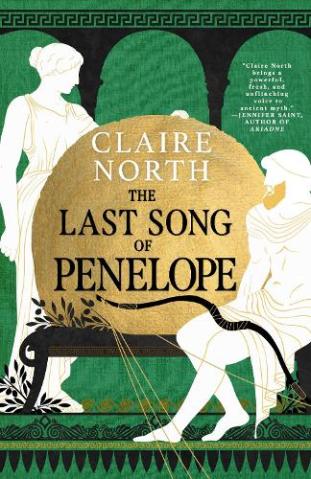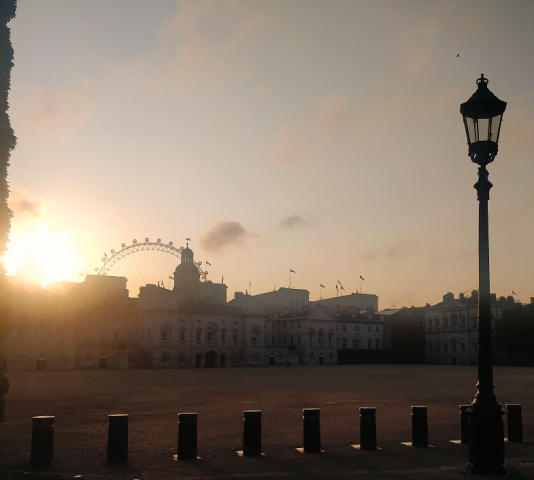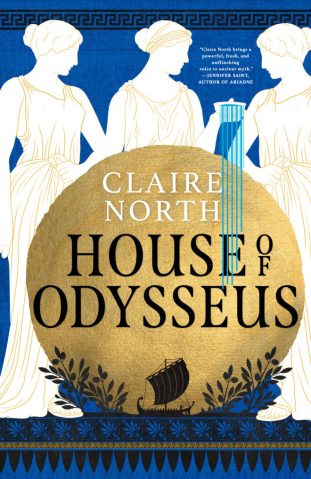How to write a blurb
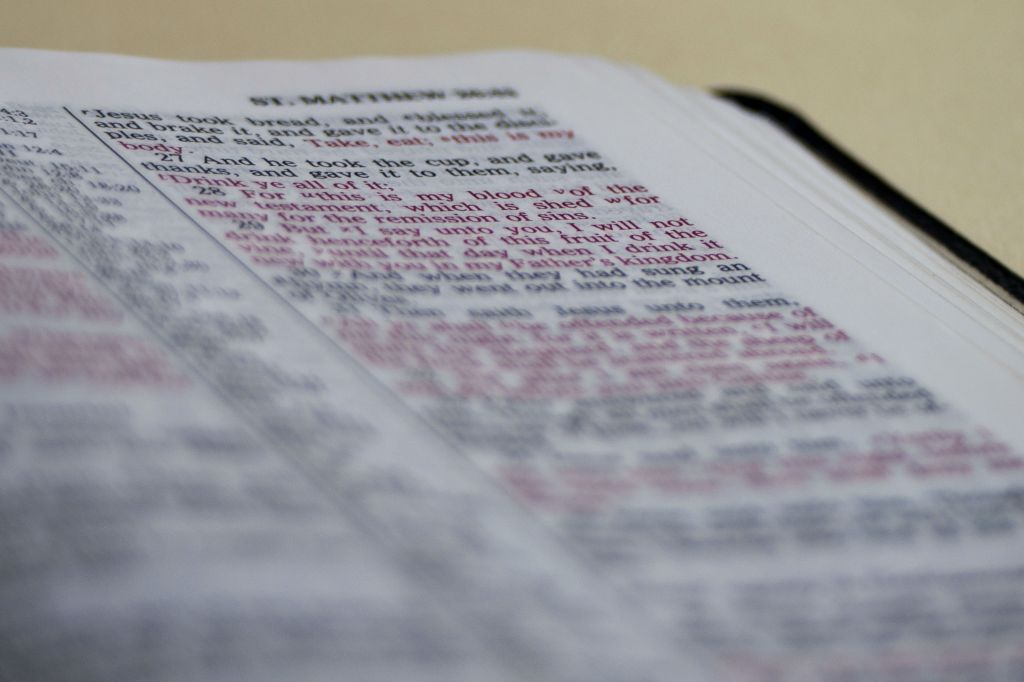
Authors can’t write blurbs. Mostly, because they don’t actually know what’s gone into their books.
For example, a book about green-skinned monsters invading Earth in giant banana-shaped spaceships should probably have a blurb opening with, ‘Excitement! Adventure! The fate of mankind! THINGS GOING BOOM!!’ as its predominant theme. But for the author of that work, a more likely blurb might go:
“Though ostensibly about monsters invading Earth, the writer has produced a book of deep emotive value, in which mankind’s inner fears are exposed through the metaphor of giant spaceships, and the sociology of collective action against an unnamed alien threat is explored in a sensitive yet moving fashion.”
Leaving aside the fact, then, that authors shouldn’t write blurbs, let’s not pretend that publishers get it easy. My unfortunate current editor (who I think I may love more than sesame prawn toast: which is to say, a lot) has the unpleasant challenge of writing the blurb for topsecretproject2, a book whose very nature makes it nearly impossible for her to say anything at all that isn’t either a spoiler, or wrong. Good luck to her, say I.
Usually, blurbs follow a three-part structure.
1. The tag line.
“IN A WORLD RIVEN BY STRIFE, THERE’S A THING. AND IT’S BAD.”
Or perhaps you’re less interested in place, and more excited by people:
‘SOMETHING BAD WAS HAPPENING TO THIS CHARACTER. BUT EVIL IS WAKENING, AND NOW SHE’S GOING TO HAVE TO DEAL WITH IT.’
Or perhaps you’re just going for a rhythmic boom-boom effect, something short and sharp:
‘MADE BY EVIL. FORGED BY MAGIC. FED BY MARMITE.’
… or something of that ilk. Anyway, that’s your first line done. Next!
2. The content. This part’s tricky. You want to draw a reader in… while leaving a sense of suspense. What you usually end up with is a halfway house that says almost nothing at all:
“Kate Griffin had always had an easy life. But when the ghouls of doom started ransacking north east London, she had no choice but to fight. Armed only with a big stick, half a pack of digestive biscuits and two sidekick characters with quirky traits that could sound cool but who don’t have much to say for themselves, it was time to face The Problem.”
Sometimes, particularly in fantasy, there’s a danger of information overload:
“The evil T’willig Empire has long lurked on the northern borders of Xrrrrrl. Now the Order of Tagowalli Wizards are the only thing that stand between the High Umpha Boooob and the spear of narrative fate. Their newest illimit must journey with a dsssshhhi monk, two humpha goats and a mysterious princess to the land of Thrrrragh to save everyone from the coming storm….”
There’s a temptation, of course, to try and cram in lots of tantalising stuff. A publisher wants you to read the book, they want you to be enthralled, but boiling down the content of a) what’s in the book and b) why it’s awesome to 150 words is a fine art that not every blurb excels at.
3. The pay-off. This can range from the narratively suggestive:
“A tale of wizards, thieves, sorcerers, necromancers, hot air balloons and the digestive habits of barn owls.”
To the referential:
“A book certain to delight fans of Kate Griffin, Catherine Webb and her Other Pseudonym too.”
To the conceptual:
“A story of life, death, tragedy, hope, humour, wisdom, terror, naivety and redemption for all.”
The structuring – and indeed, the content – of all of this can vary massively, but once you start looking, you can not only see the patterns in almost every blurb on every book, but even begin to guess who wrote what blurb for which one….
